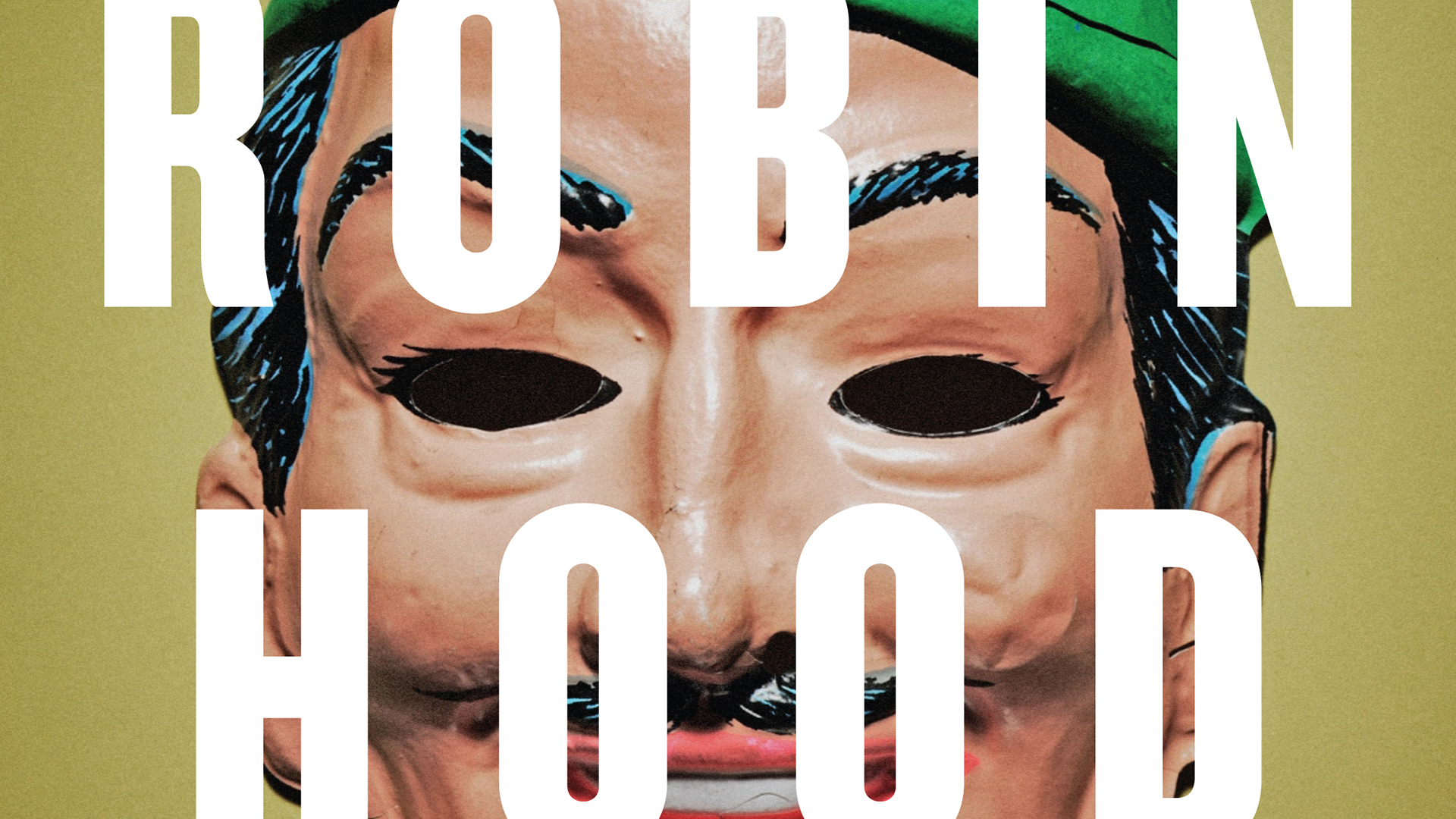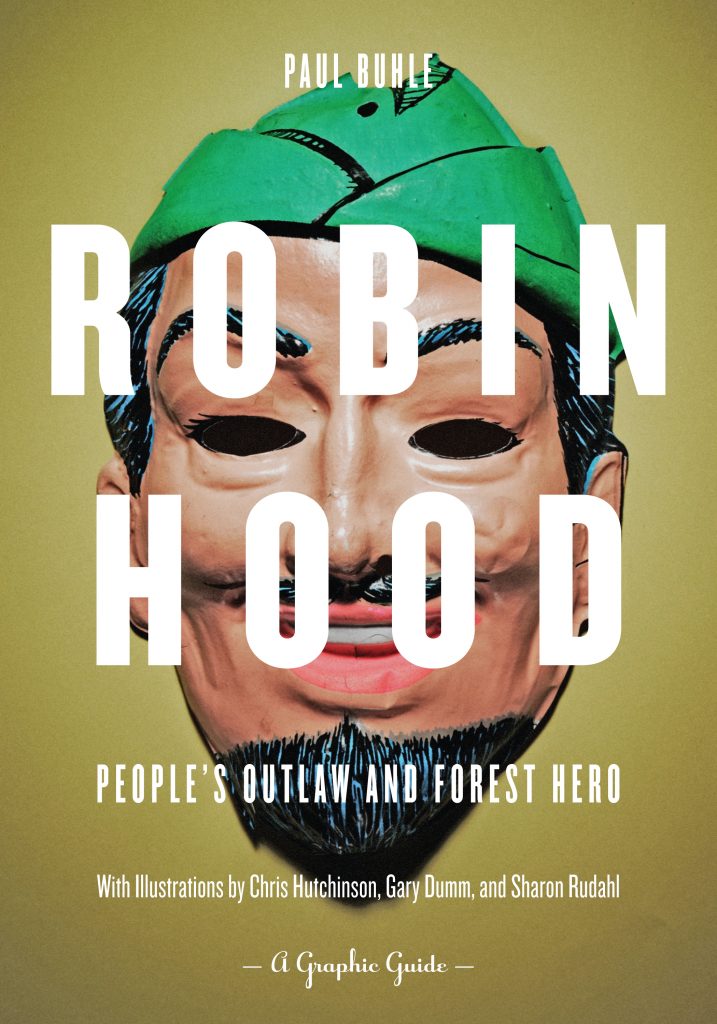By John Steven
North Adams Transcript
February 6, 2012
It’s doubtful there has been a rebel that has endured longer than Robin Hood, and part of his longevity is certainly attributable to the fact that, as a fictional and somewhat mysterious character, he is entirely malleable to fit the needs of any age.
In Robin Hood: People’s Outlaw and Forest Hero, Paul Buhle takes a thematic approach that, through sheer luck, pairs with much of the political movements going on today.
Specifically, Buhle comes from an extreme leftist viewpoint, almost revolutionary, and his examination of the legend of Robin elicits Occupy and Anonymous more than anything else. And the existence of those two entities speak more than anything else as to the continued relevance of the legend of Robin Hood in our society.
Buhle takes an unique approach to the examination, alternating between dense essays and lighter graphic summations. It’s with this tactic that Buhle’s book achieves the very trait it trumpets—populism. There’s plenty of information to be had in the essays—all of it fascinating—but as Buhle winds through the history of Robin Hood—both literary and historically—the short graphic asides become an easy guide to the wider sweeps his essays capture.
In this form, the stories of rebellious preacher John Ball, feisty peasant Wat Tyler and the many manifestations of Maid Marian are laid out simply, and truly do leave you wanting.
There’s a ton of material for a future all graphic edition, to be sure, as Buhle looks back the fight to allow normal citizens to read the Bible in England, as battled specifically by theologian populist John Wycliffe, who embarks on a plot with radical Oxford students to translate the Bible into a common language and moves through the ballads, novels, films and TV shows that have portrayed rebellion in the form of one guy in green.
In one fascinating chapter, Buhle traces the links between Robin Hood and the pagan personages within British and Celtic folklore, such as the Green Man—no surprise if you’ve ever seen the Druiderific British television show from the 1980s—and other religious and mystical links. Robin is a social weapon, for sure, but he is also the voice of the land.
There’s so much to be said about Robin Hood that there’s no way Buhle’s modestly-sized work could ever say it all—but in relating a cultural history of Robin of Sherwood Forest, he makes a lot of information accessible at a time when Robin is more needed than ever.







